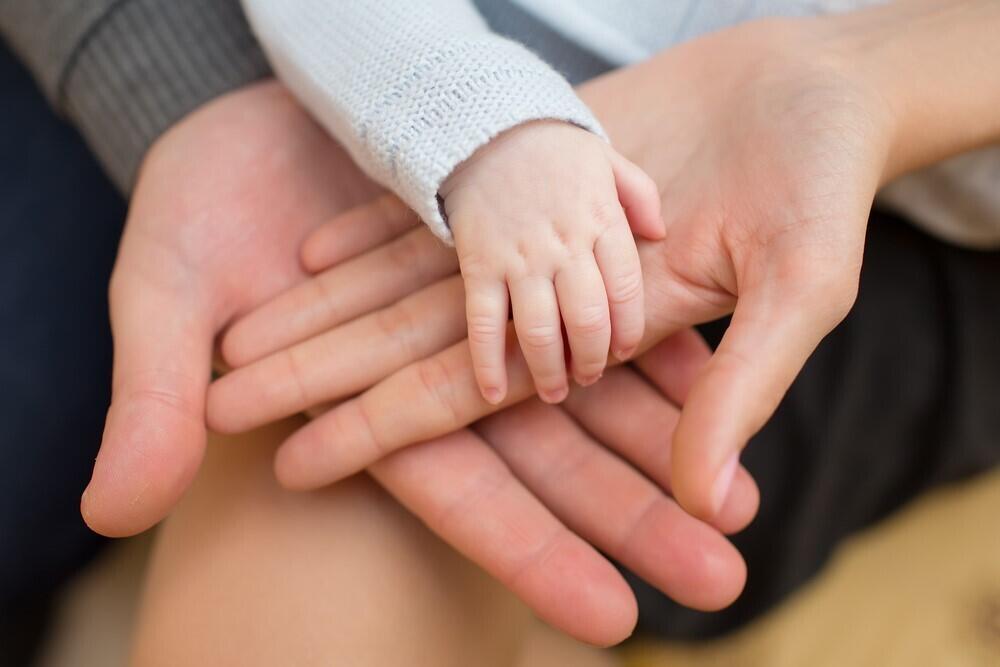Getting your Trinity Audio player ready...
In the first year of COVID Israel saw a decline in births for the first time in three decades, according to a report published Monday.
According to Central Bureau of Statistics' birth and fertility report, in 2020, at least 177,307 babies were born in Israel which is a decline of 2.6% (4,709 fewer newborns) compared to 2019.
3 View gallery


Despite the decline in fertility, Israel remains the country with the highest birth rate among OECD countries
(Photo: Shutterstock)
In 2020, 134,874 (76.1%) babies were born to Jewish and other non-Arab women, and 42,433 (23.9%) were born to Arab women.
In the same year, 73.3% of babies were born to Jewish women, 21.7% – Muslim women, 1.4% – Christian women, 1.3% – Druze women, and 2.4% – in the unclassified sector of the population.
Out of the total births in 2020 – 91,101 (51.4%) were boys and 86,206 (48.6%) girls. The highest male prevalence was among Druze women – 51.7%, while the lowest percentage was among women who weren't classified in the population registry – 50.3%.
In 2019, the average total fertility rate of the OECD countries was 1.61 children per woman, lower than the rate of turnover (2.1 children per woman) required to maintain population size. The total fertility rate (the average number of children a woman is expected to have during her life) in 2020 was estimated at 2.90 children per woman, lower than the figures in 2019 (3.01) and 2018 (3.09).
Despite the decline in fertility, Israel remains the country with the highest birth rate among OECD countries.
Since 1988 and for three decades, Israel recorded a steady increase in the number of babies born annually.
Early signs of fewer births were observed in the last quarter (October–December) of 2018 and continued in 2019 and 2020, as well as in the first month of 2021. The main decline in 2020 was recorded in the second half of the year.
The mother's age has an effect on her fertility. In 2020, the average age of a mother at birth was 30.5, the same as in 2019. The average age of a mother at birth is in a steady increase: 27.3 in 1980 (similar as in the 1970s), 28.6 in 1990, 29.0 in 2000, and 30.0 in 2010. The main reason for the increase is due to a growing mentality of women to postpone the first birth for the late 20 years (27.7 in 2020 compared to 25.7 in 2000), as well as the tendency to give birth at 30 or older.
The later age births is common in many developed countries. In Ireland, Italy, and Spain, the average age mothers giving birth for the first time, rose to over 30 during the 1990s, and in recent years was over the age of 32.



